Reaction of Sodium Hydroxide and Aluminum
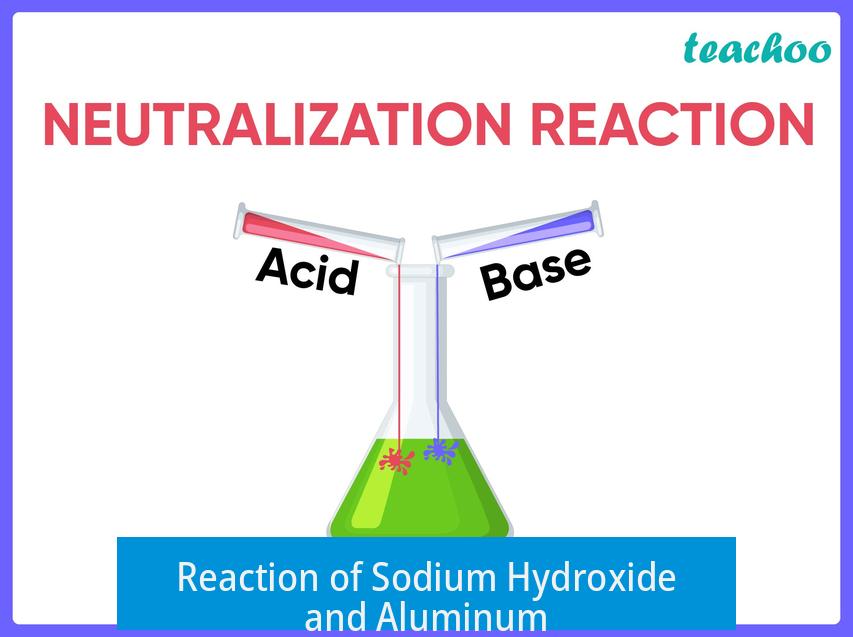
The reaction between sodium hydroxide (NaOH) and aluminum involves the removal of a thin aluminum oxide layer, producing aluminate ions and hydrogen gas. This process is key in industrial and hobbyist applications, such as cleaning aluminum surfaces before plating.
Aluminum Oxide Layer
Aluminum naturally forms a very thin oxide coating on its surface about 4 nanometers thick. This oxide layer protects the metal but is fragile and small in quantity. It acts as a barrier that sodium hydroxide must first break down.
Role of Sodium Hydroxide
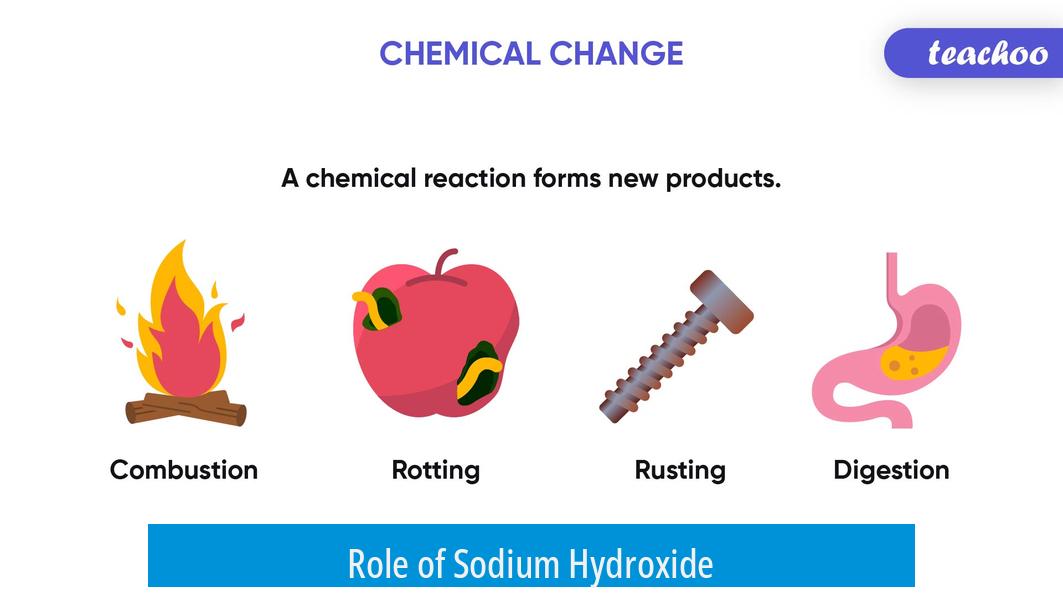
When aluminum is submerged in a sodium hydroxide solution, hydroxide ions attack the oxide layer. This generates water and soluble aluminate ions (Al(OH)4−), exposing the pure aluminum beneath.
- Initial contact shows a delay as the oxide dissolves.
- After 45 seconds to 1 minute, the oxide is fully removed, leaving a smut of alloying elements.
- The solution often heats up and may boil due to the exothermic reaction.
Chemical Reaction Details
| Reactants | Products |
|---|---|
| Aluminum (Al) + Sodium Hydroxide (NaOH) + Water (H2O) | Aluminate ion (Na[Al(OH)4]) + Hydrogen gas (H2) |
The simplified chemical equation is:
Al + NaOH + H2O → Na[Al(OH)4] + H2↑
Hydrogen gas bubbles vigorously during this reaction. The heat generated can be significant enough to boil the solution.
Amphoteric Nature of Aluminum
Aluminum behaves amphoterically, reacting with both acids and bases. The oxide dissolves in sodium hydroxide as the aluminate ion, highlighting this dual chemical nature.
Industrial and Practical Applications
- Aluminum is cleaned with NaOH to remove oxide before electroplating.
- The process can create strong hydrogen evolution and heat.
- Post-reaction, an immersion zincate coating is often applied to prevent immediate re-oxidation.
Subsequent Processing
After oxide removal, zinc-based immersion coatings (zincates) protect the surface. These allow exposure to air and proper plating. Depending on the plating bath, the zincate either stays or dissolves, enabling fresh aluminum plating.
Key Takeaways
- Aluminum has a thin oxide layer (~4 nm) that NaOH dissolves.
- The reaction forms aluminate ions and releases hydrogen gas.
- Heat and vigorous bubbling occur as the reaction proceeds.
- Aluminum is amphoteric, reacting with both acid and base.
- Zincate coatings prevent oxide reforming after NaOH treatment.
What happens to the aluminum oxide layer when aluminum reacts with sodium hydroxide?
Sodium hydroxide breaks down the thin oxide layer on aluminum. This process produces water and aluminate ions, clearing the surface for further reaction.
Why does the reaction between aluminum and sodium hydroxide produce hydrogen gas?
Aluminum reacts with hydroxide ions in sodium hydroxide, releasing hydrogen gas. The reaction is vigorous and often heats the solution significantly.
How long does it take for sodium hydroxide to remove aluminum oxide completely?
It generally takes about 45 seconds to 1 minute to remove the oxide layer. After this, the surface is free from oxides but may have smut from alloy elements.
What is the role of zincate coatings after cleaning aluminum with sodium hydroxide?
After removing oxides, zincate coatings prevent oxide reformation. They prepare the aluminum surface for electroplating or other finishing steps.
How does aluminum’s amphoteric nature influence its reaction with sodium hydroxide?
Aluminum can react with both acids and bases due to its amphoteric nature. In sodium hydroxide, it acts as an acid forming aluminate ions while releasing hydrogen gas.


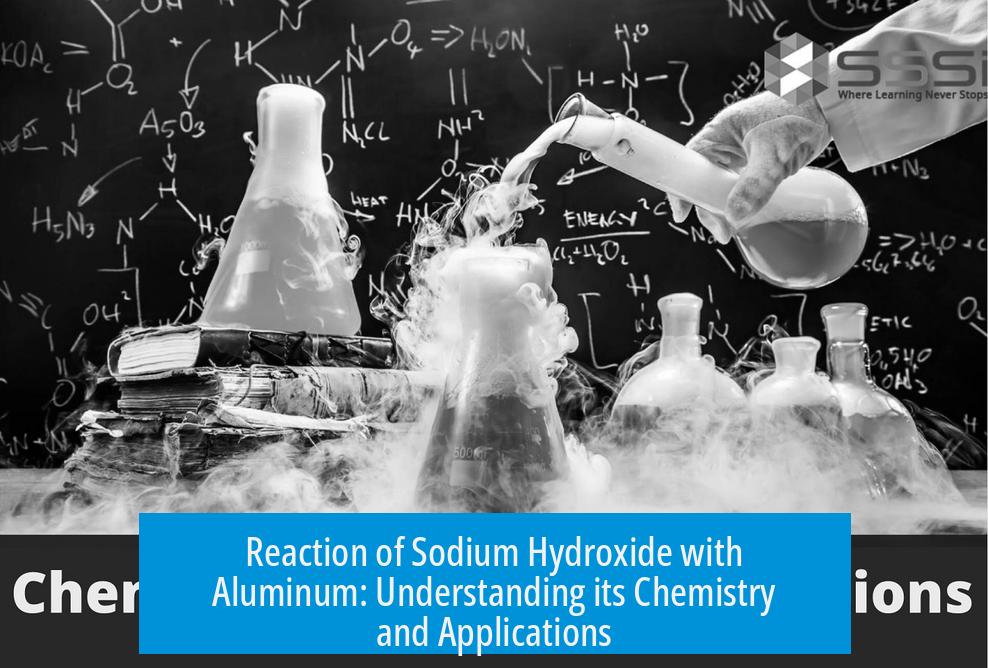
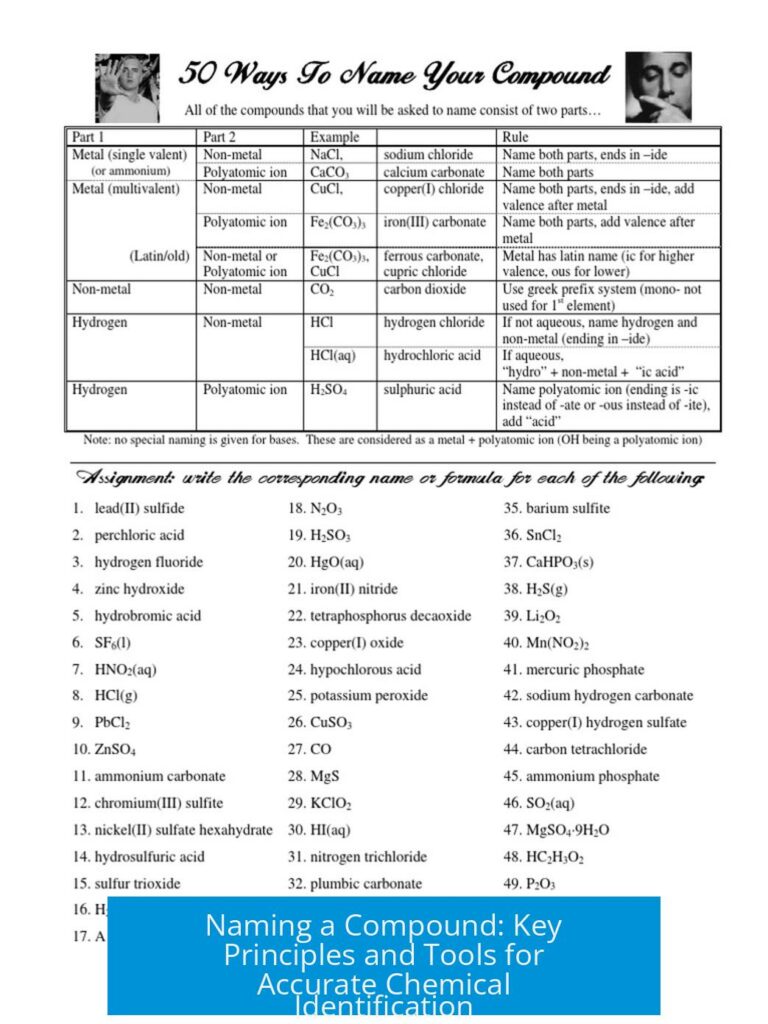
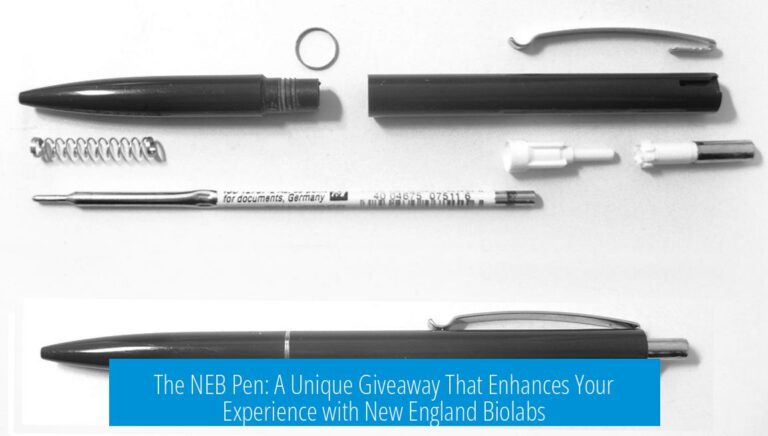
Leave a Comment